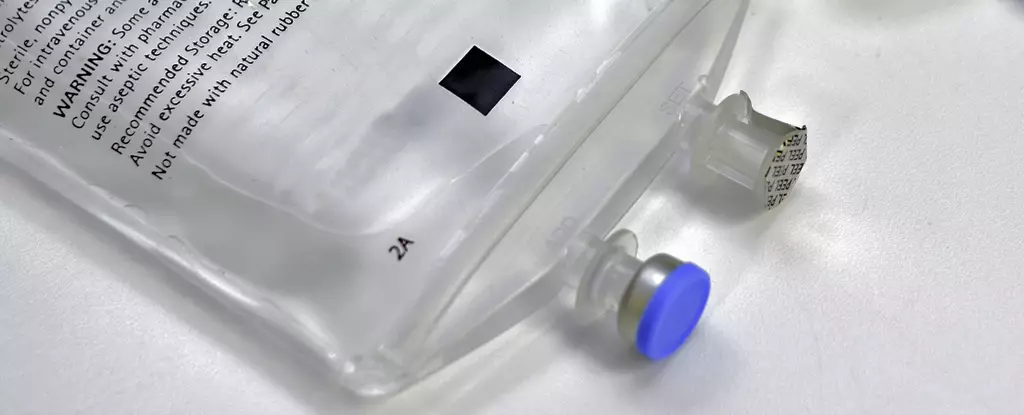In recent news, the Australian Therapeutic Goods Administration has highlighted a shortage of intravenous (IV) fluids, including saline and compound sodium lactate (Hartmann’s solution). While the shortage is primarily due to increased demand and manufacturing issues, it raises questions about the chemical composition of IV fluids and the potential risks of interchangeability.
IV fluids are essential in delivering medications directly into the bloodstream, but they cannot be administered in pure water due to osmosis. Osmosis is a biological process where water moves in and out of cells based on the concentration of dissolved chemicals in the blood. This balance is crucial to maintaining blood cell integrity and preventing cells from shrinking or expanding. By mixing drugs with specific chemicals in IV fluids, healthcare providers can ensure that the concentration remains close to isotonic, preventing adverse effects on patients.
There are various types of IV fluids available, with saline being one of the most commonly used isotonic solutions. Additionally, glucose-based solutions are also popular for certain medications. Other IV fluids contain a combination of salts like sodium, potassium, and calcium, depending on the patient’s condition.
Certain drugs are only stable in specific IV fluids, and mixing them incorrectly can lead to reduced effectiveness or even harmful side effects. For instance, administering a chemotherapy drug like cisplatin in the wrong IV fluid can be life-threatening. The current shortage of saline and Hartmann’s solution in Australia has prompted the approval of overseas alternative brands to address the supply chain issue.
The Australian government’s decision to approve overseas-registered IV fluid brands highlights the challenges of relying heavily on international manufacturers for critical medicines. While this may provide a temporary solution, there is a growing call for local manufacturing to reduce dependency on foreign supplies. Developing a domestic pharmaceutical industry not only creates jobs and stimulates the economy but also ensures a stable drug supply in times of shortage.
As Australia continues to face medication shortages, particularly with IV fluids, it is essential to prioritize self-sufficiency in pharmaceutical manufacturing. By investing in local production of essential medicines, we can safeguard public health, reduce risks associated with global supply chains, and contribute to the long-term well-being of the population. A proactive approach to addressing drug shortages is crucial for protecting Australian lives and promoting healthcare resilience in the face of challenges.


Leave a Reply